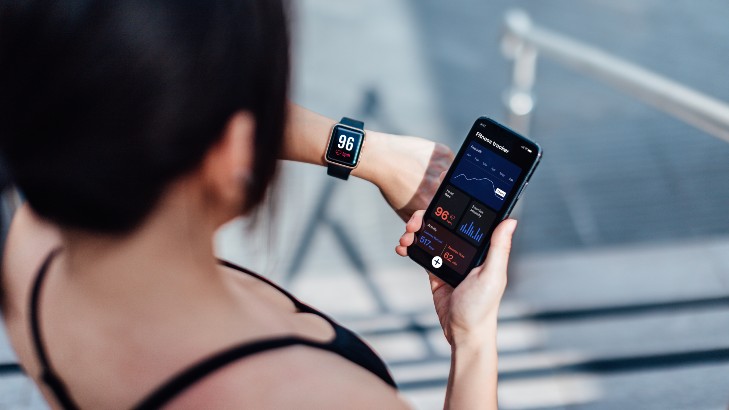Biofeedback for Emotional Engagement and Accessibility

Overview
Biofeedback for Emotional Engagement and Accessibility refers to using physiological data (such as heart rate, skin temperature, or brainwave activity) to assess and respond to a user's emotional state, helping to enhance the emotional experience and make digital interfaces more accessible and personalized.
In UX design, biofeedback adds a layer of emotional intelligence, improving user interaction and ensuring that the design accommodates diverse emotional and accessibility needs.
- How it Works
- Sensors & Devices
Wearable devices or sensors capture biometric data (e.g., heart rate variability, galvanic skin response) that indicate a user's emotional state. - Real-Time Feedback
The system provides real-time adjustments to the interface, content, or interaction based on emotional signals, improving the user experience.
- How it Applied in UX Design
- Emotional Engagement
- Personalized Content: Use biofeedback to detect when a user is stressed, frustrated, or excited, and adjust content (e.g., calming visuals, motivational messages) to improve emotional engagement.
- Gamification: In games or apps, emotional feedback can adjust difficulty levels based on the user’s emotional state, enhancing the experience. - Accessibility
- Adaptive Interfaces: For users with cognitive or emotional disabilities, biofeedback can adjust the speed of content delivery or offer relaxation prompts when signs of anxiety or stress are detected.
- Emotional Sensitivity: Biofeedback can help detect emotional states like frustration or confusion, triggering helpful cues (e.g., prompts, simplified instructions) to improve usability and accessibility.
- Benefits
- Enhanced User Experience
It tailors the experience to the emotional and physical state of the user, improving satisfaction and engagement. - Accessibility for All
It can provide necessary support for users with mental health issues, anxiety, or emotional disabilities by adjusting the environment based on real-time needs.
How biofeedback can be implemented across different platforms
- 1. Mobile Apps
- Implementation: Use wearable devices or smartphone sensors (e.g., heart rate, skin conductance) to monitor user emotions.
Example: A fitness app could detect stress or fatigue and adjust workout intensity or provide calming features like music or visual elements.
Tools: HealthKit (iOS), Google Fit (Android), wearable devices (e.g., Fitbit, Apple Watch).
- 2. Web Applications
- Implementation: Integrate biofeedback through browser-based sensors or third-party wearable devices.
Example: A learning platform could detect signs of frustration and adjust the pace of content or provide simplified explanations.
Tools: JavaScript libraries for real-time interaction, integration with wearable APIs (e.g., Web Bluetooth).
- 3. Gaming Platforms
- Implementation: Monitor user stress or excitement levels via wearables or controllers and adapt the game difficulty accordingly.
Example: If a player becomes frustrated, the game could reduce difficulty or provide helpful hints to ease the experience.
Tools: Biofeedback-enabled gaming controllers, VR/AR devices like Oculus or HTC Vive with integrated biometric sensors.
- 4. Virtual Reality (VR) / Augmented Reality (AR)
- Implementation: Use headsets and wearable devices to track user responses and alter the virtual environment for better immersion or emotional comfort.
Example: In a VR experience, if stress levels rise, the system could switch to a more relaxing environment or guide the user through breathing exercises.
Tools: Oculus, HTC Vive, sensors for heart rate or brainwave activity (e.g., Muse headset).
- 5. Health & Wellness Apps
- Implementation: Use real-time biofeedback to guide users through stress reduction or emotional wellness exercises based on their physiological state.
Example: A meditation app could provide tailored exercises based on detected anxiety levels.
Tools: Biofeedback devices (e.g., HeartMath, Muse), integration with wellness platforms (e.g., Calm, Headspace).
- 6. E-Commerce Websites
- Implementation: Monitor user stress or frustration levels while shopping, offering real-time assistance or personalized recommendations.
Example: If a user is overwhelmed with choices, the website could suggest simpler categories or a guided shopping experience.
Tools: Integration with eye-tracking or wearable devices, analytics tools for real-time tracking.